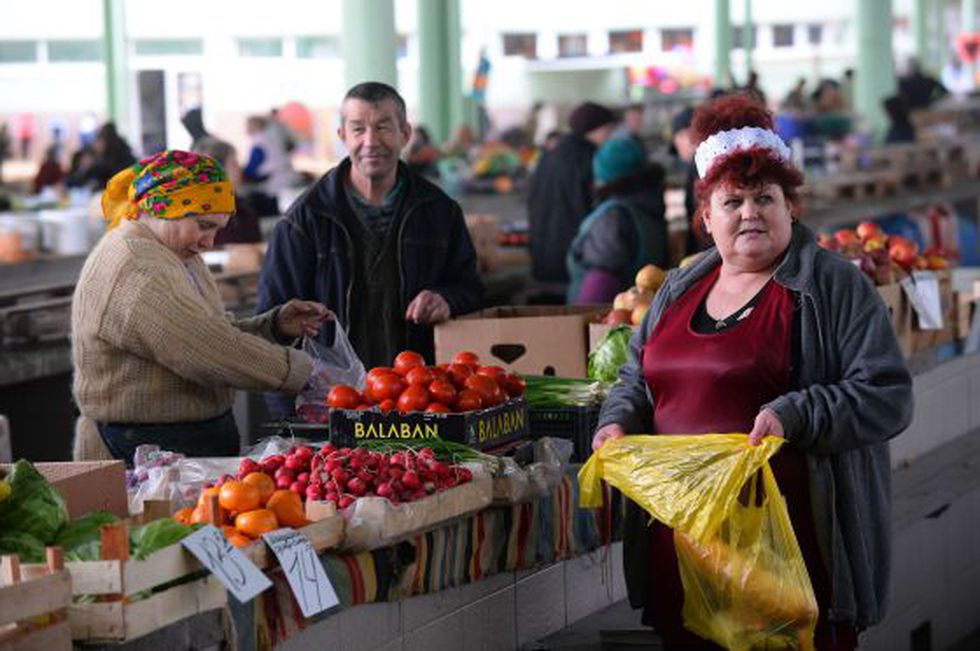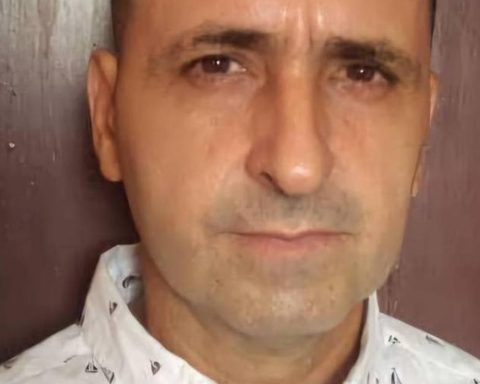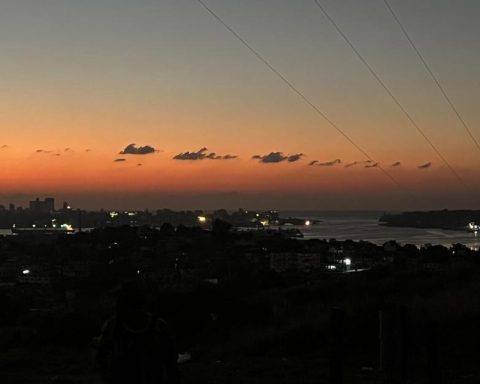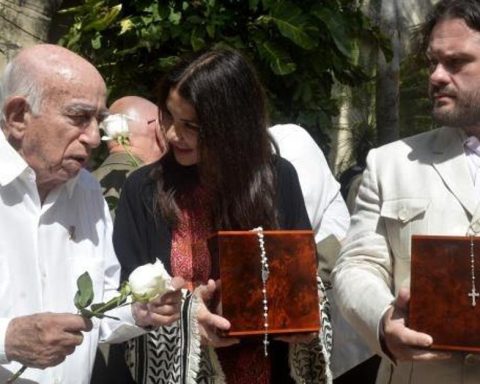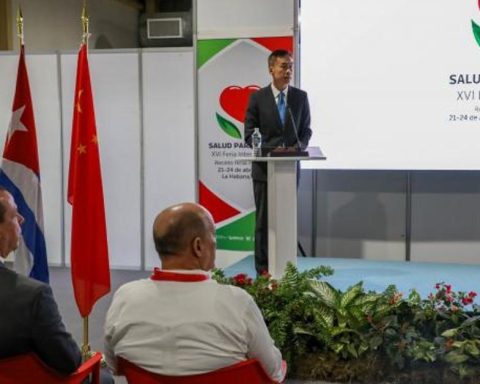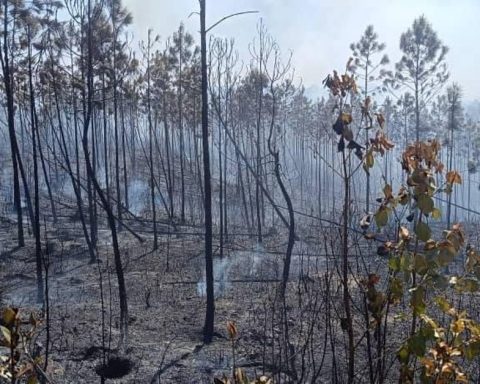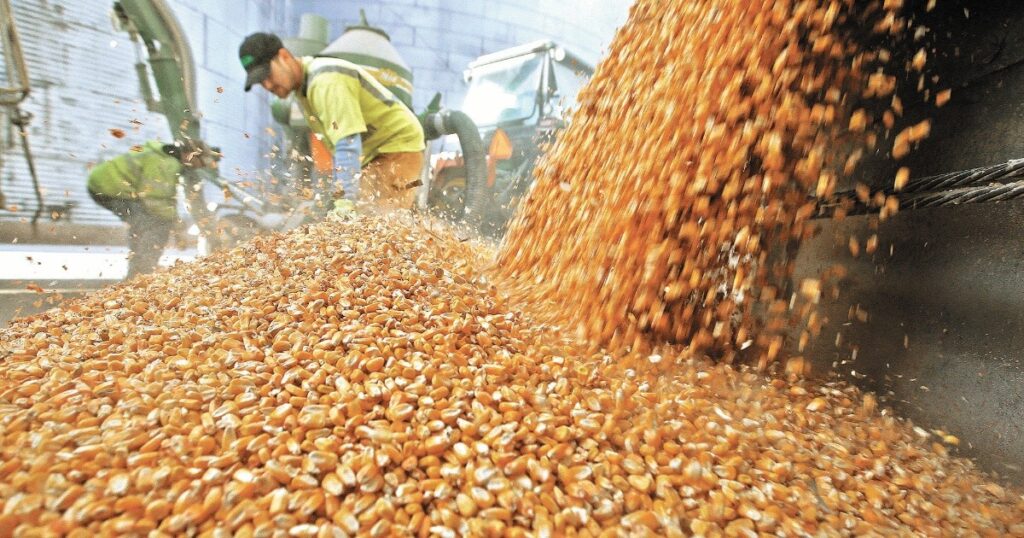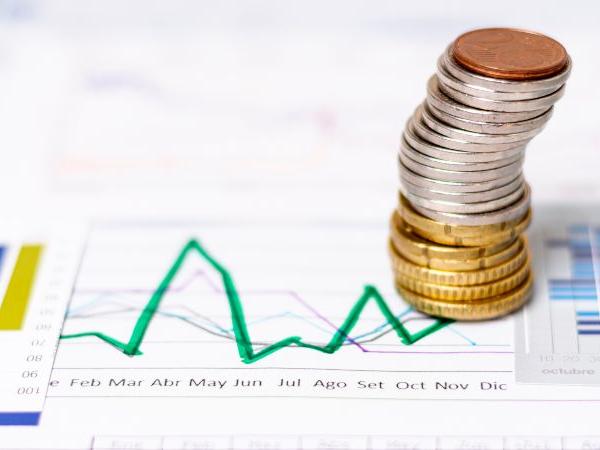4% of the Ecuadorian GDP is based on migrants; while in Ukraine it reaches more than 12% of GDP. Corruption generates losses of $2.5 billion in Ecuador and up to more than $6 billion in Ukraine.
In recent days, in the midst of the controversy over Ecuadorian students who do not want to return to the country, claims have been made that even “a Ukraine on war is better than Ecuador”.
The national economy has many problems. Job opportunities are scarce and wages low; but Lorena Vergara, an economist, commented that it is unfair to simply say that we are worse off than one of the poorest societies in Europe.
“Already before the war, Ukraine was already one of the poorest economies and corrupt within the former Soviet republics. The levels of informality and per capita income are even higher than in Ecuador“, said
Andrés Beltrán, economist and sociologist, pointed out that, with a population of 44 million people (more than double that of Ecuador), they have a per capita income or Gross Domestic Product (GDP) per capita of $3,724.9 per year.
In Ecuador, after the setback caused by the pandemic, the GDP per capita is more than $6,200 a year.
“Ukraine it has greater sources of minerals and they have a super fertile land called “chernozem” or black earth; but has fewer people with assets of $1 million or more than Ecuador”.
According to the latest wealth report from Credit Suisse Bank, Ecuador has 11,361 adults with assets greater than $1 millionno; while in Ukrainethe number does not exceed 6,800.
Almost 90% of the wealth Ukraine is in the hands of the so-called oligarchs, who have made a fortune with shady deals thanks to their political connections.
Informality and migration
Ecuador has a persistent problem of informality. According to the latest report from the National Institute of Statistics and Censuses (INEC), around 63% of the Economically Active Population (PEA), that is, 5.2 million people, survive between underemployment and informality.
By comparison, the ukrainian economy has levels of informality around 75%, with a strong component of migration. Every year, more than 10 million Ukrainians (more than 22% of the population) leave their country to work for at least a few months in sectors such as construction in Poland, the Czech Republic, among others.
12% of Ukraine’s GDP is due to remittances from those migrantswhich represents about $19 billion a year.
In the case of ecuadorian economy, remittances rebounded due to the pandemic and closed 2021 at around $4 billion. This amount represents 4% of the national GDP.
Pamela Ordóñez, an Ecuadorian who studied in Ukraine five years ago, commented that the migration in both countries it has been an outlet for the lack of opportunities and the economic crisis; but in the Ukrainian economy it is a massive and underreported phenomenon.
“Years ago there was already talk that there are many more migrants than official sources say. The illegal economy It sustains a large part of the lives of people in that country”, he pointed out.
Corruption is a shared evil
On Ecuadorevery year cases of corruption in public entities such as the Ecuadorian Social Security Institute (IESS), Petroecuador, customs, among others. This is one of the main obstacles to the development of the Ecuador. According to estimates by international organizations, they cost the country around 2.5% of GDP each year.
For its part, in Ukrainehand in hand with an unfinished transition from communism to capitalism, there are still more than 3,600 state-owned companies with ccorruption mostly.
For example, in the country’s largest company, Naftogaz, corruption has come to represent losses equivalent to 6% of Ukrainian GDP.
Likewise, until a few months ago (July 2021) the prohibition on the sale of agricultural land was maintained. That prohibition protected the businesses of 25 landowners who monopolize more than 90% of the arable land.
This reality has caused that, despite having the famous black soil or chernozem, the productivity per hectare is half that of the United States; and is on a par with the small Ecuadorian production.
The corruption it also takes away from the competitiveness and productivity of aerospace production, which is one of the few value-added in Ukraine. (JS)
La Antonov An-225, que es la aeronave más grande del mundo, es fabricada en Ucrania. Ese país es uno de los 9 en el mundo con toda la cadena de producción aeroespacial.
Hasta 2013, el principal socio comercial de Ucrania era Rusia. En 2014, el Gobierno ucraniano quiso firma un acuerdo de comercio con la Unión Europea, pero Putin se opuso.
Una carrera universitaria como medicina pueden costar la mitad en Ucrania en comparación a Ecuador. Actualmente, $10.000 equivalen a 297.000 grivna ucraniano.
Las principales exportaciones de Ucrania son maíz, aceite de girasol, trigo, algodón y minerales como el hierro. En el caso de Ecuador está el camarón, banano, conservas de pescado, flores y petróleo.
Ukraine had a failed process of privatization of state enterprises
Towards the end of communism, most governments of former Soviet republics calculated the value of all their state-owned companies and divided it into vouchers. Those vouchers were sold to citizens at a moderate price. For example, 80% of the Czechs bought some of those papers that could later be exchanged for shares in the privatized companies.
In Ukraine, vouchers were also issued, but those papers remained worthless for years because the transition from state-owned companies to the private sector did not materialize.
While everything was going on, businessmen with political ties arrived to buy those vouchers at a fraction of what they cost to citizens.
When they had already bought all the papers, suddenly the privatization process was reactivated and those entrepreneurs took over the management of the most profitable businesses at the price of nothing.
This, for example, is how the Roshen group was born, which is the main manufacturer of sweets in Ukraine. The owner of that group, Petro Porosehnko, even became president of the nation, before the current president, Volodímir Zelenski.
